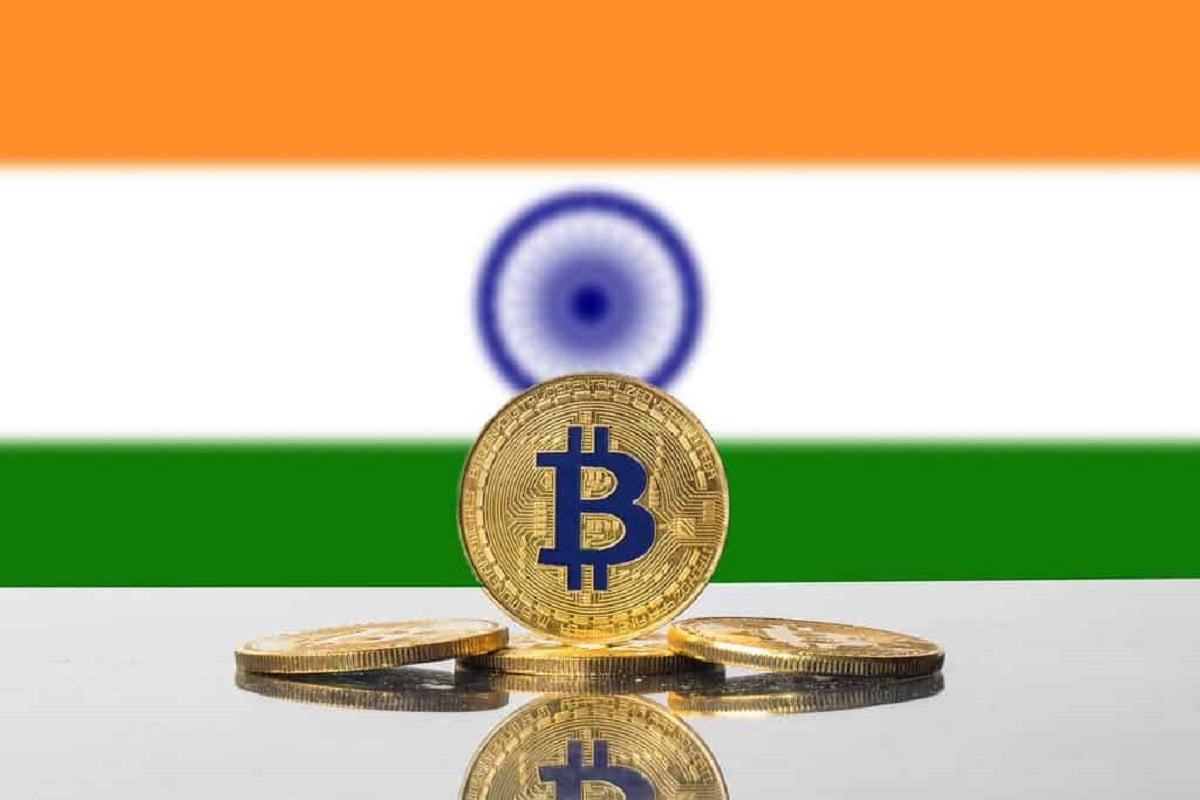India Leans Away From Crypto Legislation Amid Systemic Risk Fears


What the Government Document Reveals
India is leaning toward avoiding comprehensive cryptocurrency legislation and will likely continue with partial oversight, according to a government document viewn by Reuters. The report cites the Reserve Bank of India’s (RBI) view that regulating crypto assets would be extremely hard in practice and could unintentionally grant them legitimacy, raising the risk of systemic exposure within the financial system.
The document, prepared earlier this month, argued that an outright ban could address the “alarming” risks from speculative trading but would be unable to curb peer-to-peer transfers or activity on decentralized platforms. India’s finance ministry and the RBI did not comment publicly on the findings.
Investor Takeaway
Why India Prefers Partial Oversight
Despite being one of the largest globally, India has kept its stance cautious. The government imposes punitive taxes on to register locally for anti–money laundering checks. These measures, coupled with repeated RBI warnings, have largely frozen interaction between India’s formal financial system and crypto platforms.
Indians are estimated to hold $4.5 billion in crypto assets—an amount the government considers neither significant nor systemic to financial stability. Officials credit the current limited clarity with containing risks, deterring speculative activity, and penalizing fraud.
However, authorities acknowledge that makes setting a uniform framework hard. Countries such as Japan and Australia are working on regulatory models, while China maintains a ban. The U.S., under President Donald Trump, has taken a more open stance with new stablecoin legislation and broader crypto-friendly measures.
How Stablecoins Complicate the Debate
The document highlights stablecoins as a potential disruptor. The U.S. GENIUS Act, signed into law in July, set rules for dollar-backed stablecoins. India’s officials note that most global stablecoins are dollar-pegged, meaning their adoption could impact both advanced and emerging economies.
Authorities warn that widespread stablecoin use could fragment , including India’s Unified Payment Interface (UPI), by redirecting flows away from domestic rails. While stablecoins target price stability, liquidity shocks or redemption risks could still affect financial markets.
Investor Takeaway
What’s Next for India’s Crypto Policy?
India’s position has evolved over the years. A draft bill in 2021 sought to ban private cryptocurrencies outright but was shelved. During its G20 presidency in 2023, India advocated for a global framework. A 2024 discussion paper was planned but later deferred, with officials opting to wait until the U.S. finalized its approach.
Now, the government appears intent on continuing a containment strategy: allowing platforms to operate under registration, applying heavy taxation, and restricting systemic integration. For investors, this points to a fragmented environment—strong adoption at the retail level but limited institutional participation due to policy uncertainty.
While India may avoid creating dedicated legislation, infrastructure could eventually force a reassessment. For now, crypto in India remains tolerated but tightly constrained.







